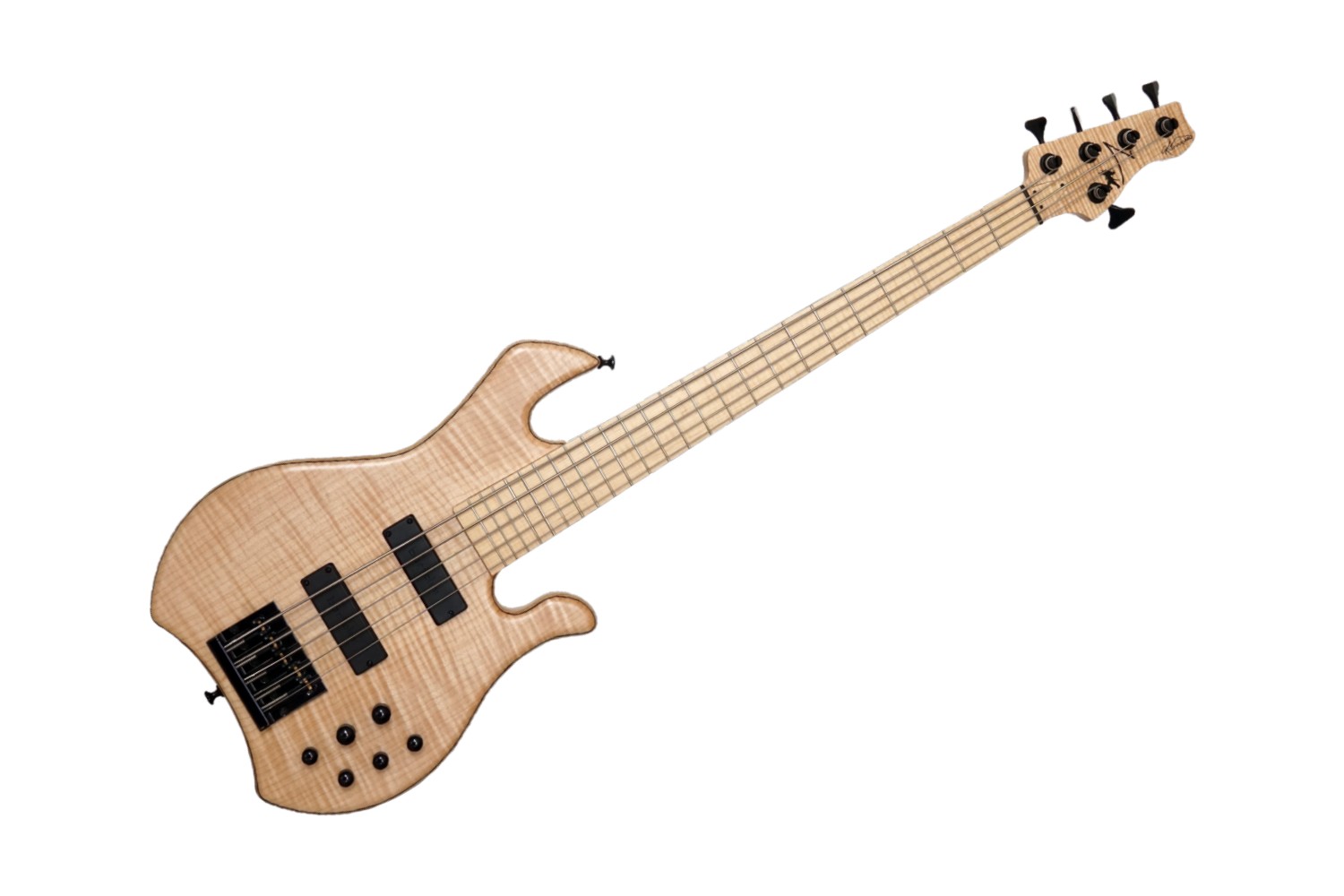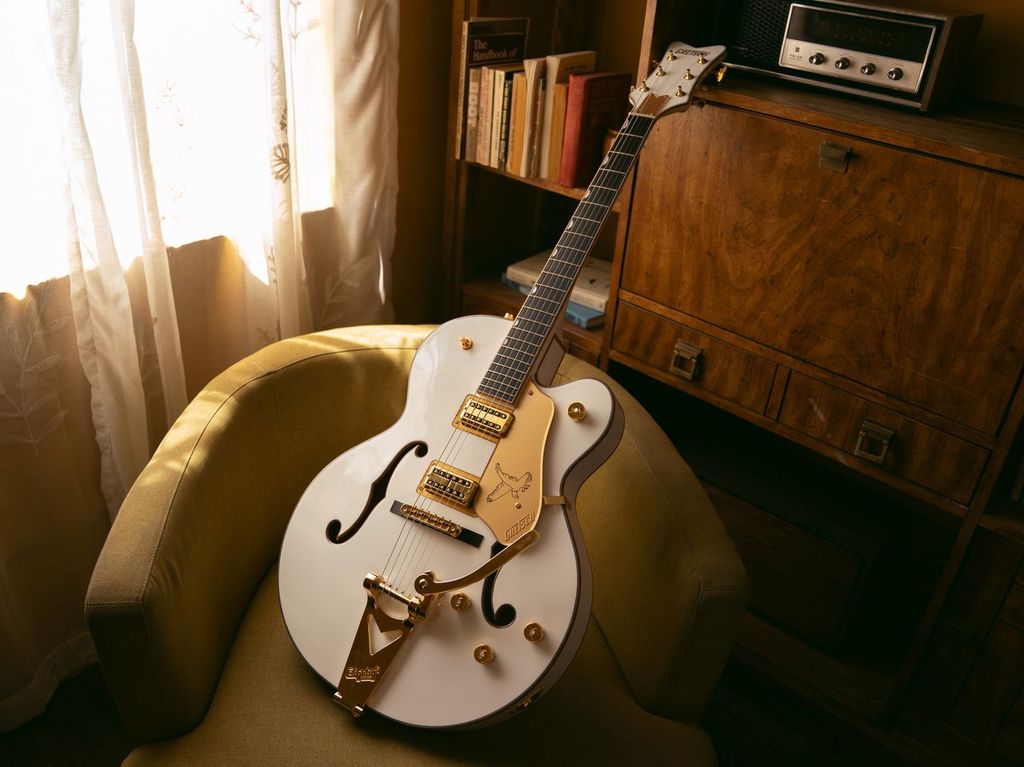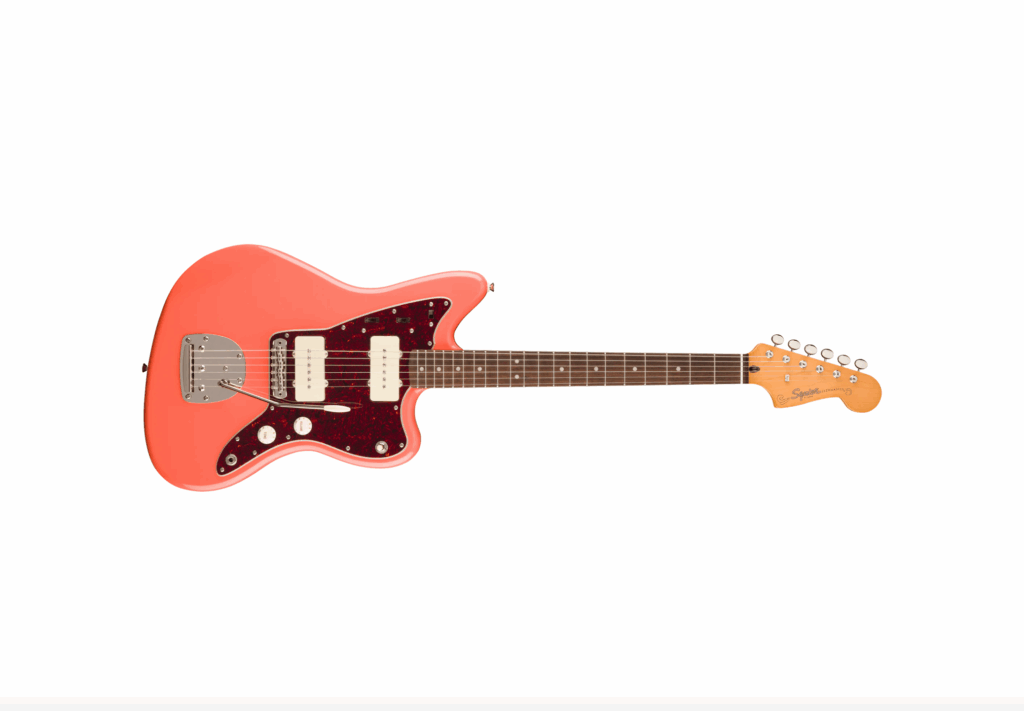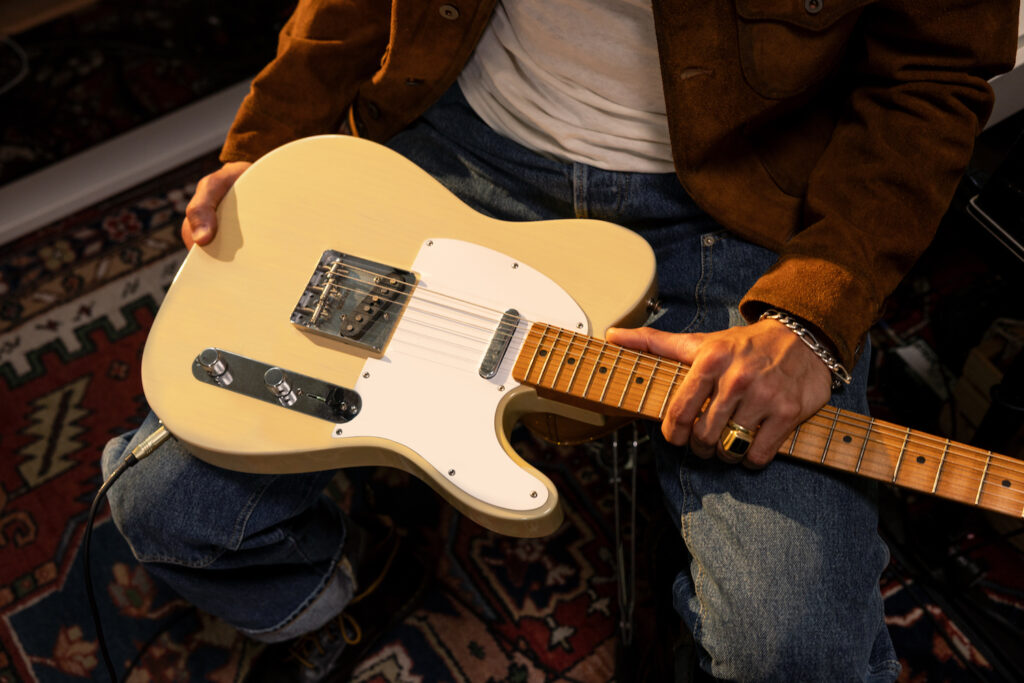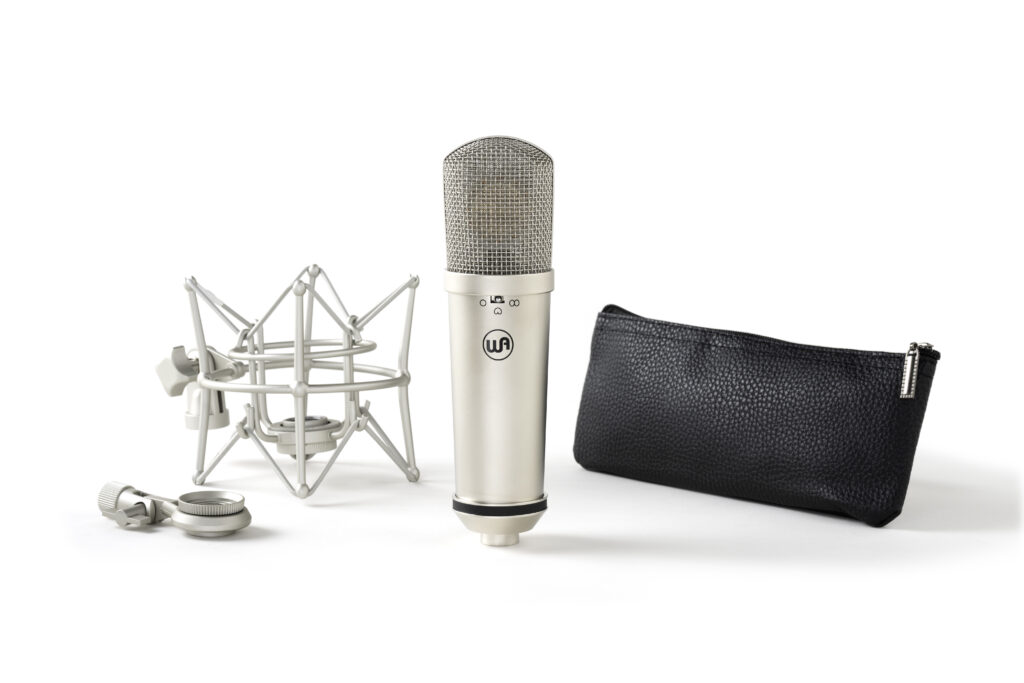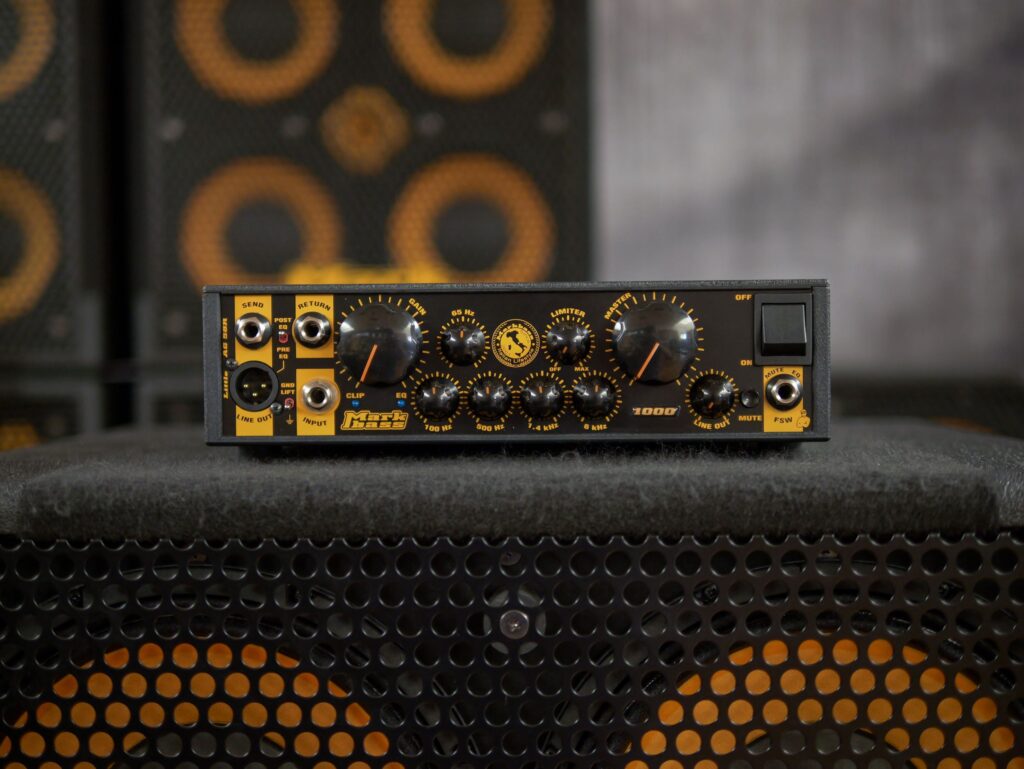CMC Music | Expect to pay: $6799
Markbass are undeniably one of the most formidable forces in the bass amplification industry, with over 20 years in the business honing their craft. Their endorsees include the likes of funkmaster Joe Dart and fusion mainstay Tom Kennedy, who are regularly seen donning Markbass gear on stage.
However, as if mastering the art of bass amplification weren’t enough, the Italian company – led by impresario Marco De Virgiliis – have been spending a considerable amount of time designing and manufacturing their own range of bass guitars. Their fastidiously crafted Kilimanjaro 5 Richard Bona Signature is a real gem of an instrument – one glance and you’ll realise how palpable Markbass’s attention to detail and design truly is.
Catch up on all the latest music gear reviews here.
The Kilimanjaro 5 features a two-piece swamp-ash body with a selected AAAA solid flame maple top, while the same maple can be found on the headstock as well. The neck is bolt-on quarter cut Canadian Maple, and measures out to around 22mm in thickness. The flame maple fretboard spans out to 34” long, with 24 frets which make for a pleasantly accessible upper register.
In terms of pickups, the Kilimanjaro sports two Bartolini MK5CBC pickups at the neck and bridge, which work incredibly well to bring out the tonal purity of this bass. There’s a volume control for each pickup, allowing you to mix and blend the sounds of your neck and bridge pickups as you wish. There’s also a tone control that lets you toggle between active and passive, while the smaller controls behind the volume are your EQs: one each for bass, mids and treble.
The first thing that really struck me about the Kilimanjaro is just how light it is. It’s not uncommon to see some bassists (primarily fusion ones) performing whilst sitting down, due to the weight of their five or six stringed active instrument. This is generally due to the electronics inside, but can also pertain to the type of wood used.
However, knowing how much emphasis Markbass place on the portability of their bass cabinets, it’s no surprise that they apply the very same philosophy when it comes to their basses. The weight is distributed evenly across the maple neck and the body – inside the neck lie two graphite truss rods, which provide a robust yet lightweight spine that runs through the instrument.
The 38mm thick body is meticulously designed, with the cutaway which makes for easy access to frets 18 and beyond. You can also elect to have a ramp installed between the two pickups, assumedly for players to rest their thumbs on when playing fingerstyle.
Going through my trusty Markbass Nano + Traveller 102P cab, I was instantly taken aback by the commanding boom of the Kilimanjaro. If you’re like me and tend to dig into the strings when playing fingerstyle, you’ll find that this bass offers a simply unparalleled level of tonal percussiveness. Play slightly closer to the bridge and you’ll get that Jaco-esque ‘bite’, and if you’re after that Geddy Lee sound with the strings hitting the fingerboard, just move closer to the neck.
While this five-string is both active and passive, I spent the majority of my time on active, due to the array of tonal possibilities. I wanted to put the Kilimanjaro’s funky percussiveness to work, and decided to go through some of the late, great Paul Jackson’s bass parts with Herbie Hancock’s Headhunters. ‘Actual Proof’ sounded a treat – the sonic definition offered by boosting the mids and treble ensured that those insistent 16th notes cut through the mix perfectly.
Next up, I sought to test the bass’s low end dynamism – and if we’re talking groove and thud, is there any better player to turn to than Pino Palladino? I wound down the treble and mids, turned the bass EQ up a smidgen, then ran through ‘Chicken Grease’, off D’Angelo’s emblematic Voodoo LP. What’s perhaps most impressive is how unobtrusively well the Kilimanjaro sits within the mix: it’s easily discernible, and while providing the ideal rhythmic and harmonic bedrock to the track, it doesn’t tend to overpower any of the other instruments.
Slapping is also a breeze on the Kilimanjaro – the low end slapped notes sustain remarkably well, relative to other basses I’ve played where they tend to decay rather quickly. Moreover, the ‘popped’ notes sound bright as ever, without even the slightest hint of tinniness. Seeing as active basses tend to pack noticeably more spice than passives, I’d suggest applying some compression if you plan on really cranking it up on stage – this adds some dynamic stability, and works to cancel out any harmonic overtones that might creep in.
The Kilimanjaro’s action is set to perfection, while the string tension gives off just enough resistance for those choppy fingerstyle lines, but also plenty of give for those who like to slap. If you’re predominantly a four-string player, you may need some time to get used to the neck width of the Kilimanjaro 5. But not to worry: the ultra-smooth finish on the neck assuredly makes left-hand positioning that much easier.
At its current price point, it’s safe to assume that not everyone will have the dough to splurge on a high-end model such as this. However, if you’ve been keenly saving up for something with guts, versatility and longevity, then the Kilimanjaro 5 may well be the bass for you.
For more information head to the Markbass website and for local enquiries, get in touch with CMC Music.
